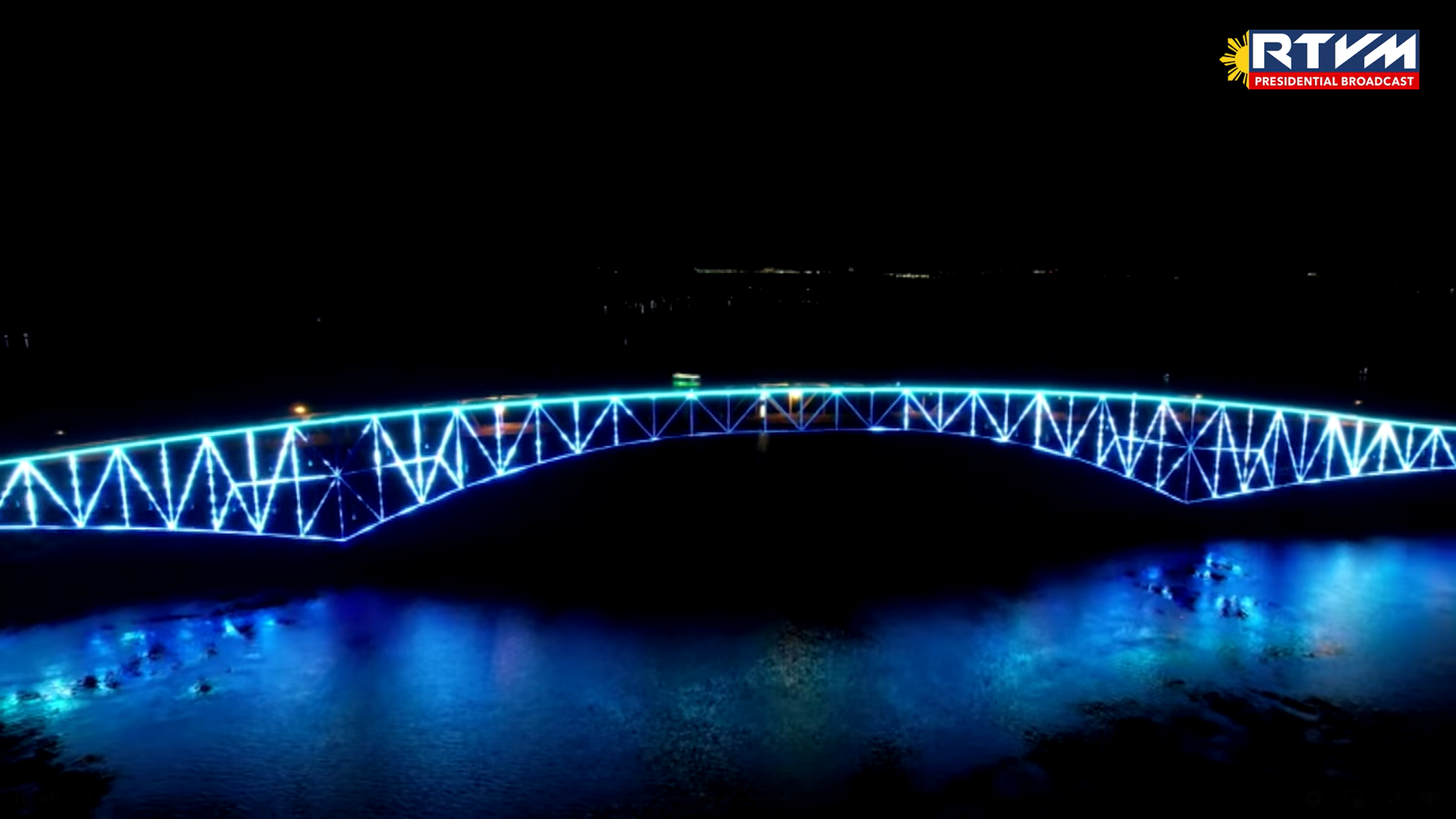
By Darryl John Esguerra | Philippine News Agency
The Office of Civil Defense has established the San Juanico Task Group (SJTG) to coordinate security, traffic flow, and safety protocols following concerns over the structural integrity of the San Juanico Bridge, which connects the islands of Samar and Leyte.
The formation of the task group comes in response to President Ferdinand R. Marcos Jr.’s directive to prioritize infrastructure safety amid an ongoing reassessment of the iconic bridge’s condition.
A three-ton weight limit was imposed on the structure after engineers raised red flags about its load-bearing capacity.
The Office of Civil Defense (OCD) will lead the SJTG, overseeing the implementation of safety protocols in collaboration with other government agencies.
The move is aimed at preventing congestion, facilitating emergency response, and maintaining the smooth transit of goods and people between the two provinces.
Constructed in 1969 during the administration of President Ferdinand E. Marcos Sr., the San Juanico Bridge spans 2.16 kilometers and remains a vital economic and transport artery in the Eastern Visayas.
Under the new setup, all public assistance desks around the bridge will be consolidated at a single mega tent facility that will also serve as a command post and central information hub.
A mobile command center from the Department of Social Welfare and Development (DSWD), along with the Department of Information and Communications Technology’s (DICT) GECS-MOVE (Government Emergency Communications System-Mobile Operations Vehicle for Emergency), will also be stationed nearby.
The Department of Public Works and Highways (DPWH) will continue operating its vehicle weighing station.
Obstructions around the bridge approach roads are being cleared to improve traffic flow while security forces will maintain a 24-hour presence to enforce compliance and deter violations.
To accommodate commuters, two temporary passenger terminals will open—one in Tacloban City, Leyte, in front of Orly’s Restaurant; and another in Sta. Rita, Samar.
A one-stop shop on-site will assist with transport franchise and permit applications.

Further safety measures to prevent collapse of the iconic bridge
Meanwhile, heavy vehicles will be rerouted via alternate roads, with checkpoints to be established in Leyte (Sogod, Ormoc, Palo, Tacloban and Sta. Fe) and in Samar (Catbalogan, Taft, Basey and Sta. Rita). The detours are intended to reduce stress on the bridge and ensure safety.
Starting on Sunday, May 18, pedestrian crossings are prohibited. Instead, passengers will be transported via coasters and light vehicles.
“We ask everyone to understand and work with us. Our top priority is the safety of travelers and residents,” OCD Undersecretary Ariel Nepomuceno said in a statement.
“We will lift these restrictions only when we are fully confident that the bridge’s structural integrity is secure.”
He said the President has emphasized that the safety and resilience of the roads and bridges are non-negotiable.
“We are committed to preventing tragedies like the collapse of the Isabela Bridge from happening again,” he added, referring to a portion of the Cabagan–Santa Maria Bridge that collapsed in February.
Blue alert remains in effect across Eastern Visayas, reflecting heightened preparedness for possible disruptions.
The alert level allows for faster inter-agency coordination and response to any escalation in the bridge’s condition. (With a report from Priam Nepomuceno/PNA)
